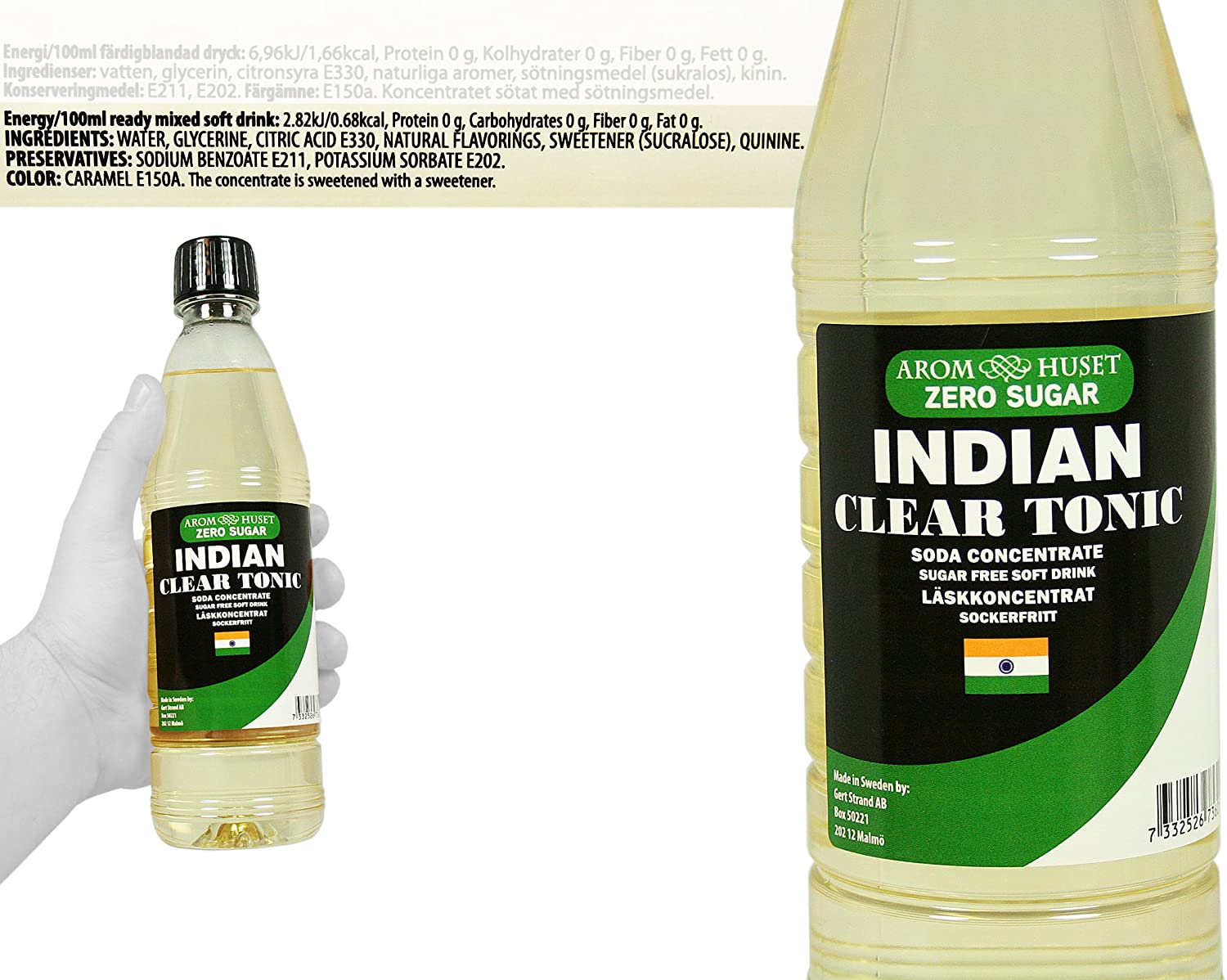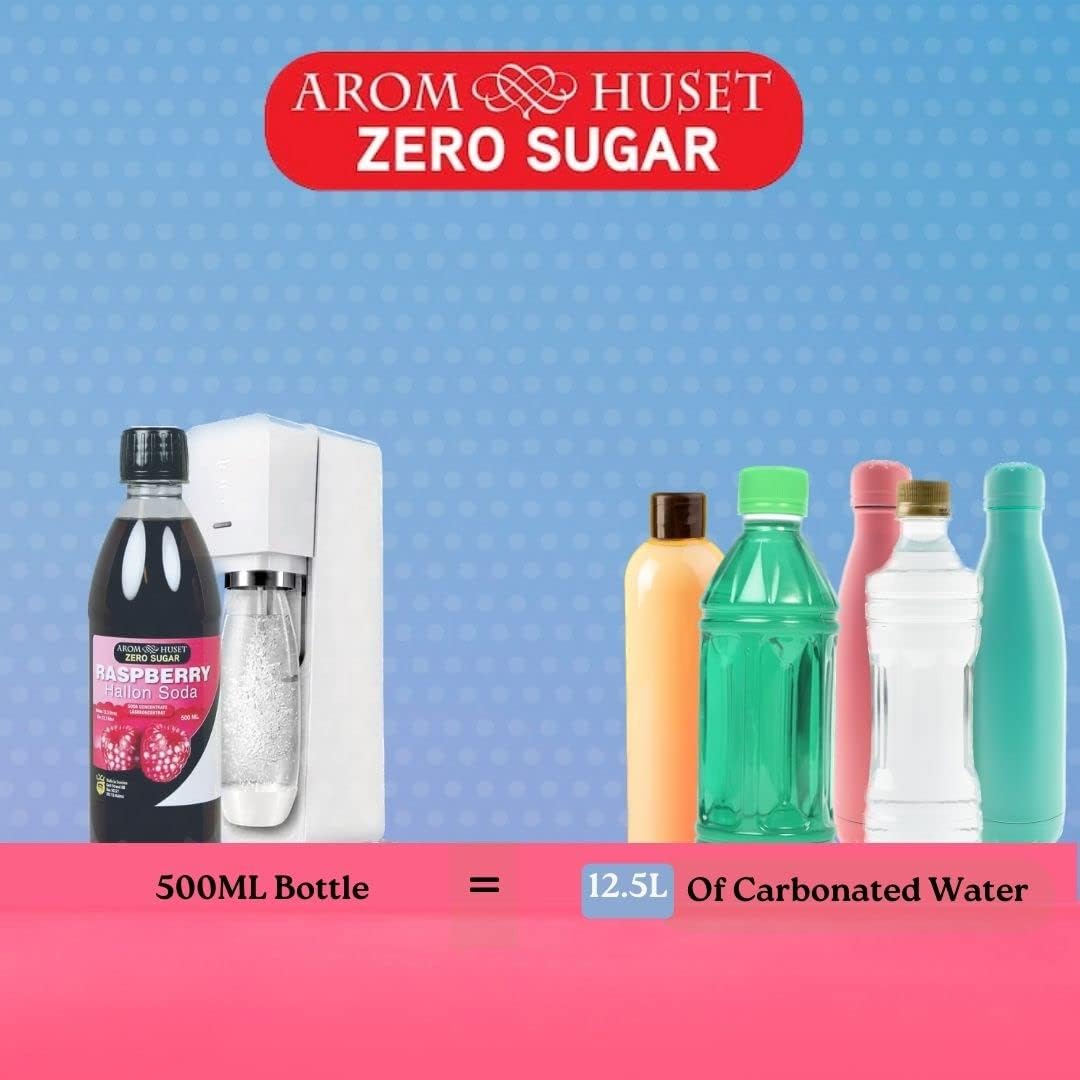Amazon UK Review: Delight in a sensational juicy experience with Aromhuset Fruity Sensation Syrup!
Amazon UK Review: Aromhuset Fruit Explosion Soda Concentrate – Indulge in a Fruity Sensation!
Are you looking for the ideal soda concentrate that gives unbeatable flavor, freshness and advantages to your homemade carbonated drinks? Aromhuset Fruit Explosion Soda Concentrate may just be the right choice – perfect to use in sparkling water maker or soda machines too!
Aromhuset provides a wide range of sugar-free soda concentrate syrups for sale on Amazon UK and other European Amazon websites, including NL, ES, IT, PL, DE, BE and FR which can satisfy your fizzy drink desire. In this thorough review, we’ll go over its astonishing features and advantages. Get ready to embark on a delicious trip through the flavor!
Pure Fruit Bliss: Explore an explosion of flavors This Concentrate of AromaHuset’s Strawberry Fruit brings out the sweet nuances of fruits that dance on your palate with each delightful sip! You’ll feel pure bliss every time.
Fruit Explosion flavor offers an amazing mixture of fruit flavors that are certain to entice the five senses. It doesn’t matter if your style is for citrus, berries or tropical fruit – this flavor will satisfy all your desires for an enjoyable delicious fruity soda.
No chemical sweeteners that leave a bad taste Pure sweetness done right It’s time to put an end to artificial sweeteners which leave an unpleasant aftertaste! Aromhuset Fruit Explosion Soda Concentrate flawlessly captures sweetness by making use of sugar-derived sweeteners sweeteners.
This means that the sweetness is pleasant as well as reminiscent of sugar. Feel the sweetness of freshly picked fruits and vegetables without artificial flavorings or additives affecting your experience.
Free from Strange Tsing Sugars: Acesulfame and aspartame
Aromhuset recognizes the value of preserving natural fruit flavors in their Fruit Explosion Soda Concentrate by removing artificial sweeteners, such as Acesulfame and Apartame for a delicious tasting soda pop.

Aromhuset has no artificial additives. Aromhuset provides a genuine fruit flavor experience without any unpleasant aftertastes. You can sip each sip while experiencing the authentic taste of real fruits!
Discover Fresh Pairings by Combining and Matching Pairings.
Aromhuset Fruit Explosion Soda Concentrate’s range of applications extends beyond its single flavor. The concentrate can also be mixed together with different Aromhuset flavors as well as soda syrups. This creates novel, exciting combinations!
Are You Wanting a Raspberry Cola or Looking to Improve the Fruitiness of Grapefruit Tonic? Aromhuset is a great way to stimulate your creativity with the widest range of flavors. Find your creative side and create custom soda blends to meet your individual tastes!
Take Advantage of a Dosage Pump for Accurate Dispensing.
Aromhuset’s 10ml Dosage Pump is designed to allow precise mixing and dosing Fruit Explosion Soda Concentrate in sparkling soda makers or water makers. With precise measurements taken with this instrument, the dosage will be consistent every time!
The dosage pump makes experimenting by combining different flavors by providing control over intensity of soda drinks. This handy accessory will help you enjoy consistent bubbly beverages each time!
Experience Genuine Rejuvenation with An Calorie-Conscious Thirst Quencher that’s Without Guilt.
Treat yourself without breaking your resolutions to eat healthy when you indulge in Aromhuset Fruit Explosion Soda Concentrate’s low-calorie refreshers! They’re an easy and guilt-free drink.
Fruit flavors are delicious as well as revitalizing tastes that stimulate the senses and control caloric consumption. Get a taste of a fruity and delicious soda drinks that satisfy your desires without harming your wellbeing.
Multi-functional: Ideal for different Home Carbonation Machines
Whatever sparkling water maker or soda machine you own, Aromhuset Fruit Explosion Soda Concentrate works seamlessly in conjunction with other top brands such as SodaStream.
No matter what sparkling water maker you choose to use, Aromhuset flavors will blend perfectly with its carbonation system. You will appreciate its versatility and convenience across all machines!
Carbonate Your Drinks Seamlessly with The Zero sugar soda concentrate from Aromhuset Fruit Explosion.
The overall experience, Aromhuset Fruit Explosion Soda Concentrate brings a refreshing fruity taste to homemade carbonated beverages. It is available through Amazon UK and other European Amazon websites for purchase and compatible to SodaStream soda makers and machines. In addition, with its high-calorie low-calorie without guilt, it provides an enjoyable drink that can’t easily be duplicated in other places.
Let your taste buds be pampered with various fruit flavors, enjoy guilt-free refreshment, and discover all the possibilities that Aromhuset has to offer by mixing and matching the flavours – unleash an explosion, and elevate your homemade carbonation-related games to new levels!



